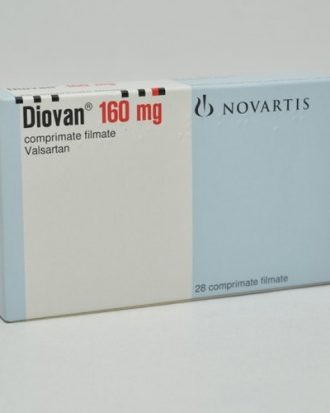Zero (Tab) 8mg
৳ 100.00
Indications
Sucralose is used in many food and beverage products because it is a no-calorie sweetener, does not promote dental cavities, is safe for consumption by diabetics and nondiabetics, and does not affect insulin levels,although the powdered form of sucralose-based sweetener product Splenda (as most other powdered sucralose products) contains 95% (by volume) bulking agents dextrose and maltodextrin that do affect insulin levels. Sucralose is used as a replacement for, or in combination with, other artificial or natural sweeteners such as aspartame, acesulfame potassium or high-fructose corn syrup. Sucralose is used in products such as candy, breakfast bars and soft drinks.
Therapeutic Class
Oral nutritional preparations
Description
Sucralose is produced through multi-step process that starts with sugar and selectively replaces 3 hydroxyl groups on the sugar molecule with 3 chlorine atoms. Because it is made from sugar, Sucralose tastes like sugar. Tightly bound chlorine atoms are exceptionally stable and prevent Sucralose from being metabolized for energy, making Sucralose calorie free. The chlorine atoms also provide heat stability, enabling Sucralose to withstand of cooking and baking without losing sweetness. Sucralose is not broken down for energy in the body. So it has no calorie. The Sucralose molecule passes through the body unchanged, is not metabolized, and is eliminated after consumption. Sucralose does not cause tooth decay, has no effect on carbohydrate metabolism, no effect on fetal or neonatal development because Sucralose is not actively transported across the blood-brain barrier, the placental barrier, or the mammary gland
Pharmacology
Sucralose is an artificial sweetener and sugar substitute. The majority of ingested sucralose is not broken down by the body, so it is noncaloric. In the European Union, it is also known under the E number E955. Sucralose is about 320 to 1,000 times sweeter than sucrose, three times as sweet as aspartame, twice as sweet as saccharin and three times as sweet as acesulfame potassium. It is stable under heat and over a broad range of pH conditions. Therefore, it can be used in baking or in products that require a longer shelf life. The commercial success of sucralose-based products stems from its favorable comparison to other low-calorie sweeteners in terms of taste, stability, and safety.
Dosage & Administration
The acceptable daily intake of sucralose is 5-15 mg/kg body weight. Normally 1 tablet (8 mg) in a cup of tea or coffee is enough to sweeten the drink.
Interaction
There are no known drug interactions and none well documented.
Contraindications
No known contraindication.
Side Effects
No known side effects
Pregnancy & Lactation
Pregnancy Category- Not Classified. FDA has not yet classified the drug into a specified pregnancy category.





Reviews
There are no reviews yet.